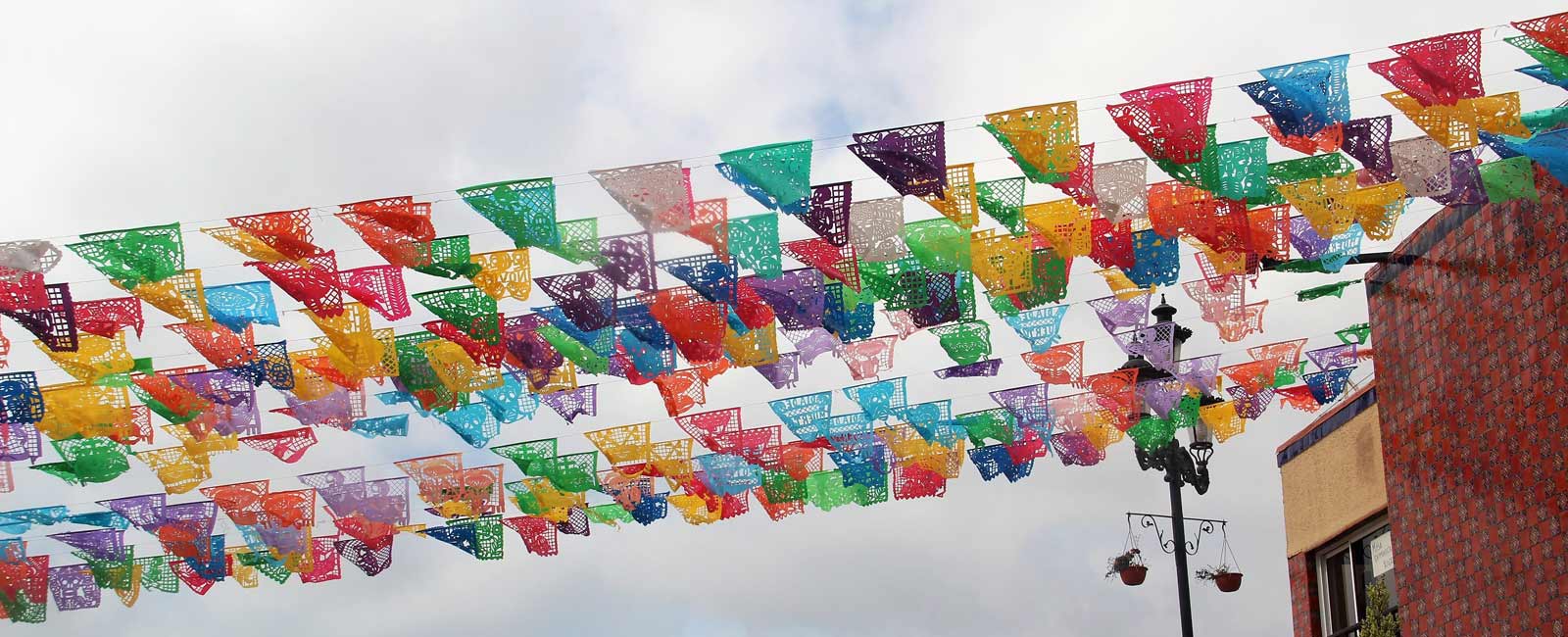
Nicaragua emerging as prime tourist destination
GRANADA, Nicaragua — I came to Nicaragua to climb a volcano, to listen to howler monkeys scream in the trees of a rain forest and to walk along a deserted beach, watching the sun flame out at the end of day, turning the sea and sky ablaze.
I did all those things and more in this star-crossed Central American nation, a place where culture, history and nature combine to offer visitors some of the hemisphere’s most diverse experiences.
Nicaragua, which calls itself “the next Costa Rica,” has much to commend it: large tracts of nature reserves; sleepy surf towns; dozens of volcanic peaks; rain forests rich with biodiversity; seemingly endless, undeveloped beaches; and charming colonial cities alive with culture.
There’s just one catch: Nicaragua has an image problem. People either haven’t heard of its, or they associate it with decades of political turbulence. And, indeed, during the 20th century, it saw civil war, foreign intervention, dictatorship and revolution. More recently, it was buffeted by pro-Marxist Sandinistas.
The fighting ended nearly 15 years ago, and now the country’s tourism bureau is bullish on development. Officials want the world to know Nicaragua is safe and open for business.
“Crime isn’t an issue here,” said Victor Gonzalez of the nation’s INTUR tourism board. “Unfortunately, people around the world don’t know that.”
I’d been hearing about the “new Costa Rica” for a couple of years and finally wanted to see for myself. A friend and I had traveled to Costa Rica 20 years ago, when it was beginning to develop a tourist infrastructure. Could Nicaragua, its neighbor to the north, match it? I called my friend Marty and suggested a return trip to the region.
Full disclosure: I’m hooked on Central America. I love the culture and crafts of Guatemala, the undersea treasures of Belize, the cloud and rain forests of Costa Rica. Best of all, I love the hard-working, friendly people of the region.
Nicaragua didn’t disappoint. If anything, my love affair only deepened when I met the Nicas, the nickname for Nicaraguans. People such as Don Cristóbal, whose lumbering oxen and cart had been headed south on the Pan-American Highway when he saw me taking pictures. He smiled and pulled to the side of the road, with semi-trucks whizzing by us, to tell me about his load of rice and to pose for a photo.
Then I met the Rubio Lopez family, whose small home on the side of the Mombacho volcano seemed a good spot to take a break after the hike to the top. I met their six children, three dogs and a burro. They showed me around their garden and offered me sweets.
I loved the interaction. I also appreciated a chance to rest for a few moments.
We had arrived in Nicaragua late the night before and gotten up just after dawn for the trip to the volcano. The 4,400-foot peak, which looms over the colonial city of Granada, sits at the edge of vast Lake Nicaragua, the largest lake in Central America and the 19th largest in the world.
Mombacho is active, but not to worry — it hasn’t erupted in more than 500 years. Like most visitors, we’d caught a ride part way up the mountain, then taken a loop trail that circles one of the volcano’s four craters, eventually entering a mist-clouded forest filled with fallen, moss-covered trees.
A thick forest canopy overhead blocked the sun’s direct rays. Orchids and ferns grew wild, small monarch butterflies fluttered across our path, and howler monkeys bayed like Arthur Conan Doyle’s hounds of the Baskervilles.
The trail eventually moved into the open, and we passed steamy fumaroles — vents where hot smoke and gases emerged from the side of the volcano. Then we came across lookouts with awesome views of Lake Nicaragua, Granada and Las Isletas, a group of 365 tiny islands in the lake.
We’d been hiking in the heat all morning. Now, with the sun almost directly overhead, we began to wilt. Someone had told me that Mombacho was home to 127 varieties of orchids; I felt like one that had been picked and left out in the noonday sun to shrivel and die.
“So happy to have done this,” Marty said as we left the volcano. “So happy not to be doing it again tomorrow.”
We headed toward Granada, one of the oldest cities in Central America, founded in 1524 by Spanish explorer and slave trader Francisco de Córdoba. Like many Nicaraguan travelers, we purposely avoided Managua, the noisy capital city, in favor of this colonial gem.
Granada was everything I had heard it would be. Much of its Spanish-era architecture is intact, and postcard-like scenes can be found everywhere: in the square, where well-dressed horses pull taxis filled with visitors; in the narrow streets lined with the colorful facades of homes that open into inner courtyards; and at the bright yellow Granada Cathedral, the city’s iconic landmark.
In the Costa Rica versus Nicaragua race, score one for Nicaragua. Costa Rica doesn’t have cities like Granada, where the past is alive and has become the present. Or, as a guide said disdainfully, “Costa Rica doesn’t have history. We have history.”
Regrettably, we had to move on, this time heading for Surf City, CA (read that “Central America,” not “California”). Although the general tourist market is just beginning to discover Nicaragua, surfers have known about it for years. Most pass through San Juan del Sur, the country’s favorite beach town, on the way to surf camps and nearby beaches known for their excellent breaks.
San Juan has become a fave with expats and tourists too. Barefoot bars and open-air restaurants line its beautiful, crescent-shaped bay. The shellfish is served fresh and cold, and thegallopinto (a beans-and-rice dish) is served hot and spicy. Top it off with an icy bottle of Toña beer.
“I’m not sure how we ended up living here,” said Norm Maywright, formerly of Ithaca, N.Y., “but we’re incredibly happy.”
Maywright and Linda Giordano said they were vacationing in San Juan del Sur for the first time when they decided to pretend they were on the TV show “House Hunters International.” “We were just going around looking at houses,” she said, “when someone made us an offer we couldn’t refuse.” They packed up and moved south.
“There’s something about living in a beach town, hearing the surf and seeing the waves,” Maywright said. “It’s a peaceful, no-stress world.”
If that’s what people are searching for, they can find it up and down Nicaragua’s Pacific coast, sometimes referred to as the Emerald Coast because of the lush vegetation that grows there during the rainy season (mid-May until November). The country’s vast stretches of beaches are considered one of its prime assets, the jewels that may boost the nation — among the poorest in the hemisphere — out of poverty.
If it happens, Carlos Pellas, one of Nicaragua’s richest men, will have had much to do with it. Pellas, who oversees the Flor de Caña rum distillery, among other businesses, decided the nation needed a high-end luxury hotel to compete globally, so he carved one out of a 1,670-acre chunk of pristine beach and hillside in southwest Nicaragua.
Mukul, his 37-room, $40-million resort, opened last spring and is part of a larger $250-million private beach community that could eventually include 600 residences. Among the hotel’s perks: six spas (when you visit one, you “own” it for much of the day), two restaurants, 24-hour butler service and an 18-hole golf course created by Scottish designer David McLay Kidd. Each guest room is a separate casa with its own deck and infinity pool; some are beachfront, others sit on a hillside overlooking the Pacific.
Rooms at Mukul — the word means “secret” in the Maya language — start at $550 a night, a far cry from the inexpensive accommodations found through much of the nation. But given the amenities, the tariff is comparable to those charged by Four Seasons and Ritz-Carlton, which Pellas considers competitors.
We toured the resort, sat on a deck watching the sea and felt like billionaires. Our long-ago trip to Costa Rica faded from memory. Nicaragua had won the contest, hands down.
travel@latimes.com
